After the closure of the shipyards, most of the machinery was removed and the buildings demolished. In some places along the North East coast, the physical evidence of shipbuilding has been entirely removed, often ‘regenerated’ with newer industries or tourism. The Newcastle Business Park now covers the site of the Elswick Works, and in Sunderland, the National Glass Centre and the St Peter’s Campus of Sunderland University were built over the site of the North Sands yard.
Nonetheless, this history has not been forgotten by local people and there are many places where the shipbuilding skills continue to be used for different purposes.
On the south side of the River Wear, Pallion Engineering has held the site of the old Doxford yard, using the site for a range of small projects, although since 2009 the lack of dredging in the river has made shipbuilding unviable. More recently, ship building made a return to the banks of the Tees when Macdonald Offshore and Marine launched a scallop trawler, Summer Rose, but the company’s main business is offshore windfarms, a growth industry for the region.
.JPG)
(Picture: view from the Segedunum Roman Fort across the River Tyne)
Nostalgia for the days of wooden ships has driven some local heritage and tourism projects. As far back as 1956, Blyth hosted the first Tall Ships race. This is now an event celebrated each year in different cities around the North Sea, and has returned to the North East many times, always drawing large crowds.
The Blyth Tall Ships organisation and Sunderland Maritime Heritage both draw on the romanticism of wooden shipbuilding, while providing a space where retired shipyard workers can use and share their expertise.
Although memory of shipbuilding’s long history is visible in street names and old buildings (if you know where to look) there is only one public monument to the industry and the people who worked in it. Keel Square, in Sunderland, was designed by Broadbent Studio, working with Sunderland City Council and with research by Living History. It “honours 600 years of shipbuilding, and the unsung heroes of Sunderland who through the building of ships, built a city.” The ‘Keel Line’, a strip of black metal the length of the longest ship to be built on the Wear, cuts across the square, engraved with the names of each ship built - there is not enough space, to the names continue on a display board to the side of the square. ‘Propellers of the City’ is a public artwork in the shape of a propeller, located at the start of the ‘Keel Line’ and covered with 500 photographs shared by shipyard workers and their families, researched by Living History North East.
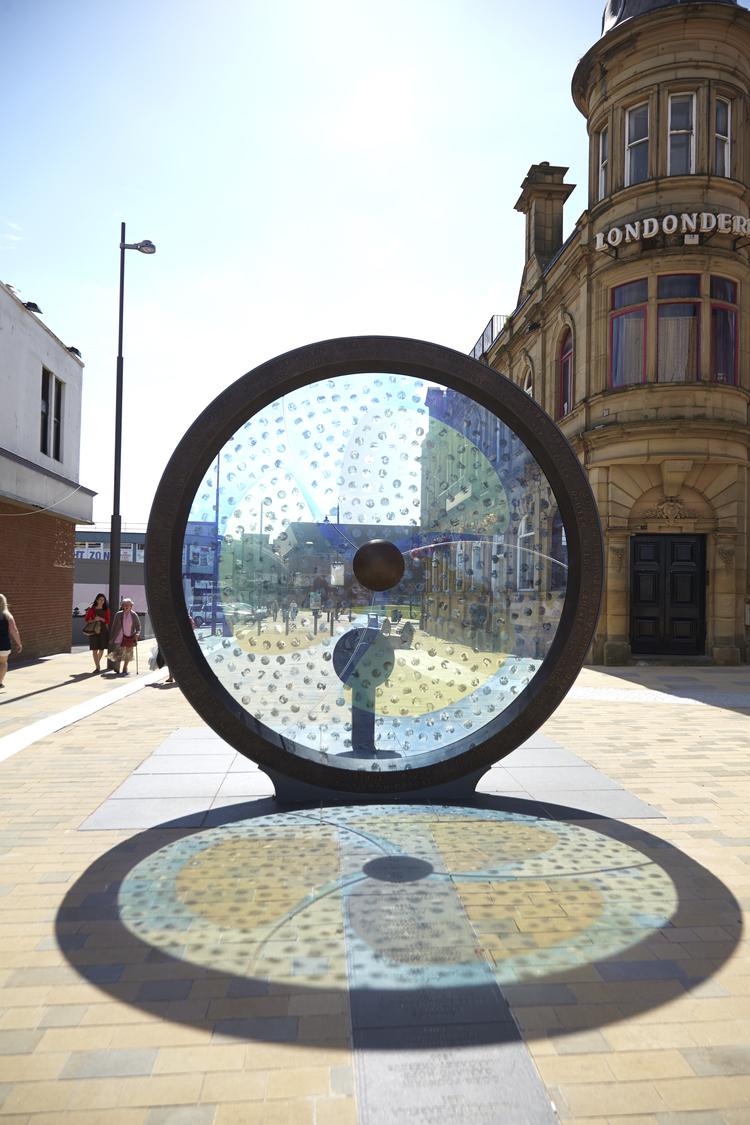 (Picture of Propellors of the City, part of Keel Square. Courtesy Bafour Beatty/Sunderland City Council.)
(Picture of Propellors of the City, part of Keel Square. Courtesy Bafour Beatty/Sunderland City Council.)
Shipbuilding heritage is also on display in local museums and in archival collections - see our ‘Find Out More' section for links.
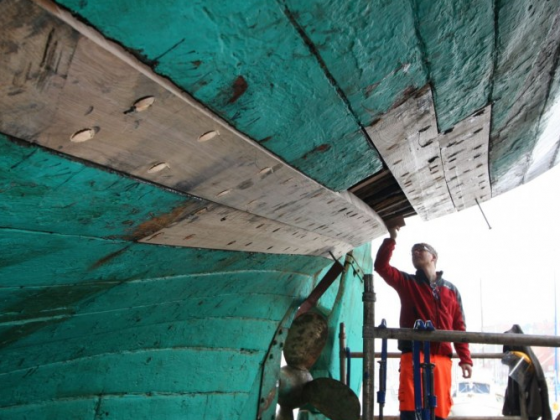
Regeneration and celebrating heritage
(External link)
In 1956 the town hosted the first Tall Ships race, and this is now an event celebrated each year in different cities around the North Sea.
The Blyth Tall Ship organisations runs a workshop teaching traditional shipbuilding skills, and encouraging tourism.
Watch the film below about the impact of the Tall Ships on Blyth.
The 21st century has seen a major refurbishment in Blyth as a whole, including the additions of the Keel Row shopping centre, office buildings at the quayside and artwork created by local schools.
The Port of Blyth itself has also been regenerated, something you can learn more about by speaking to volunteers at the Blyth Boathouse visitor centre.
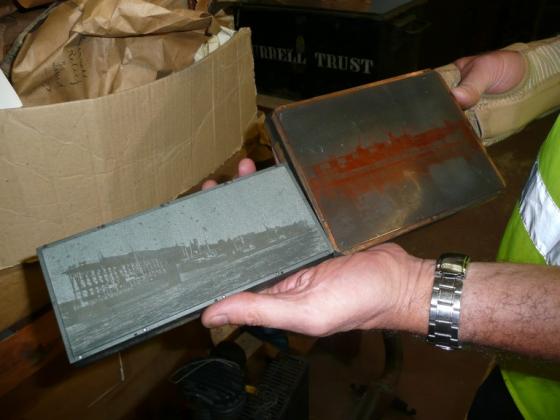
Blyth Boathouse
(External link)
Blyth's history of shipping is celebrated by the town’s heritage centre: the Blyth Boathouse.
It offers visitors a fascinating time line of the Port and ongoing temporary exhibitions. The Space is also available for community activities, functions, events and displays. The archive team meets every Tuesday between 9.30am and 4pm and they are always looking for people to get involved.
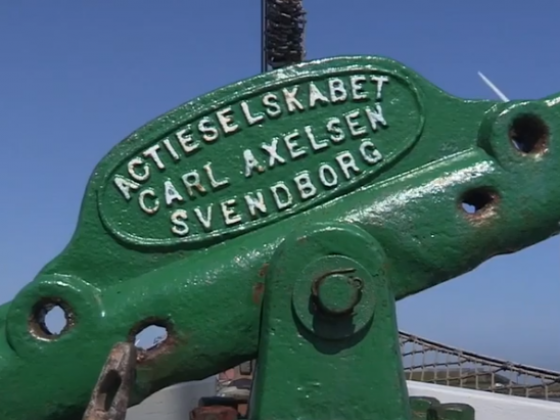
Blyth Tall Ships apprenticeships
(External link)
Changing Lives: anchors aweigh for Blyth Tall Ships apprentices
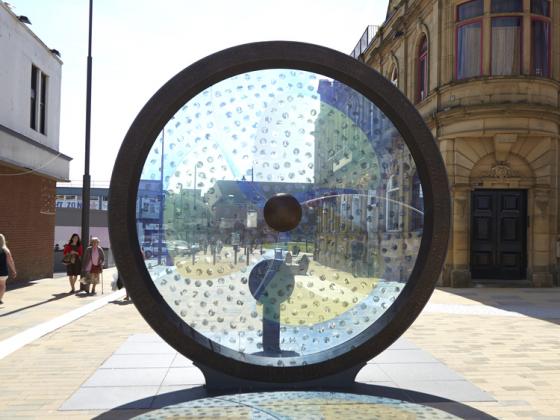
Keel Square art, Propellers of the City
(External link)
Artwork 'PROPELLERS OF THE CITY' and information about its historical significance are available on this site by Broadbent.studio. The propellor incorporates 500 photographs of shipyards and shipyard workers, while the Keel Line lists the names of the thousands of ships built in Sunderland. This tells another story: in some years, many ships were built. In other years, only one or two.
Paul Graham of Sunderland, reflecting on shipyard families and change over time
(External link)
Oral History interview with Paul Graham as part of the Remembering the 80s project. Paul grew up in High Barnes, Sunderland, and remembers his dad and brother both working in shipyards. Now he and his daughter work at the site but in a completely different industry (listen from about 56 mins).
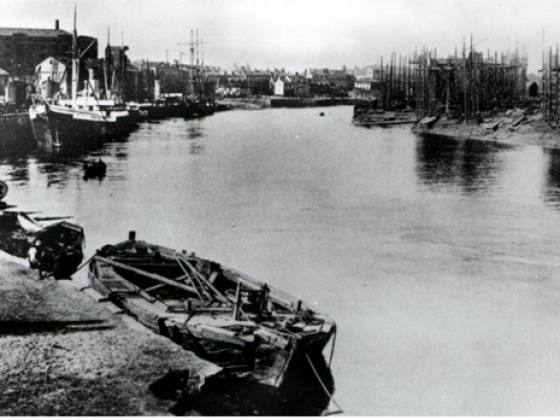
Stockton Heritage
(External link)
Heritage Stockton is a joint project between Stockton Borough Libraries and Preston Park Museum and Grounds. They have a very useful pack on the history of the river Tees, available on their website.
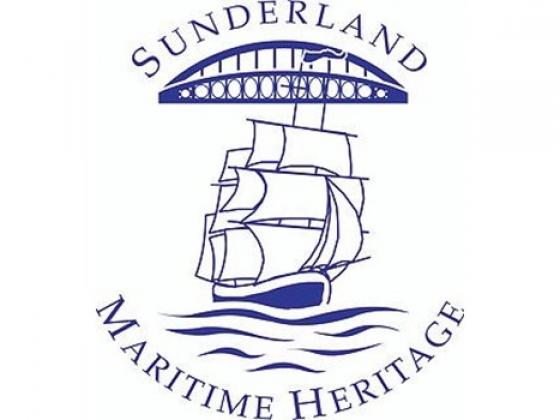
Sunderland Maritime Heritage website
(External link)
Sunderland Maritime Heritage exists to promote and maintain Sunderland’s maritime history through the use of an interactive visitor centre demonstrating the crafts, skills and trades associated with one of the greatest ship and boatbuilding centres of the last century.
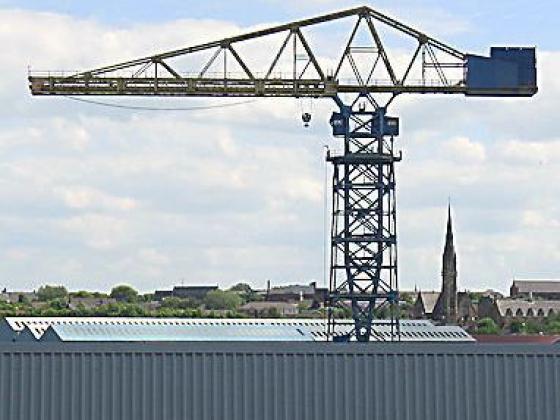
Swans Enterprise Zone
(External link)
North Tyneside Council website that explains the redevelopment of the Swan Hunter site for new technology industries.
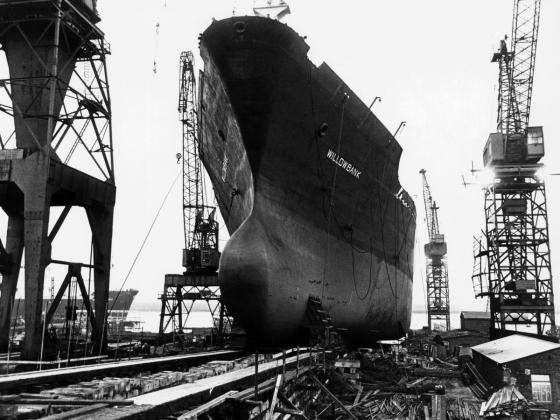
Tees Built Ships
(External link)
Tees Built Ships is a site which hopes to encourage interest in, and facilitate research into the maritime heritage of the North East of England between Berwick-on-Tweed and Grimsby.
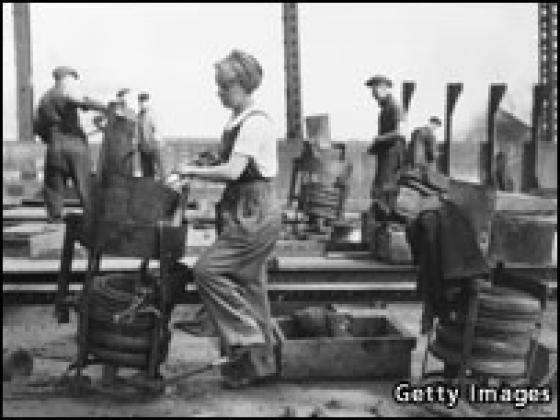
Women on the Wear
(External link)
Feature article by Angela Stevenson about the role women have played in Sunderland's shipbuilding history. Stevenson also reflects on her own family's shipbuilding heritage.